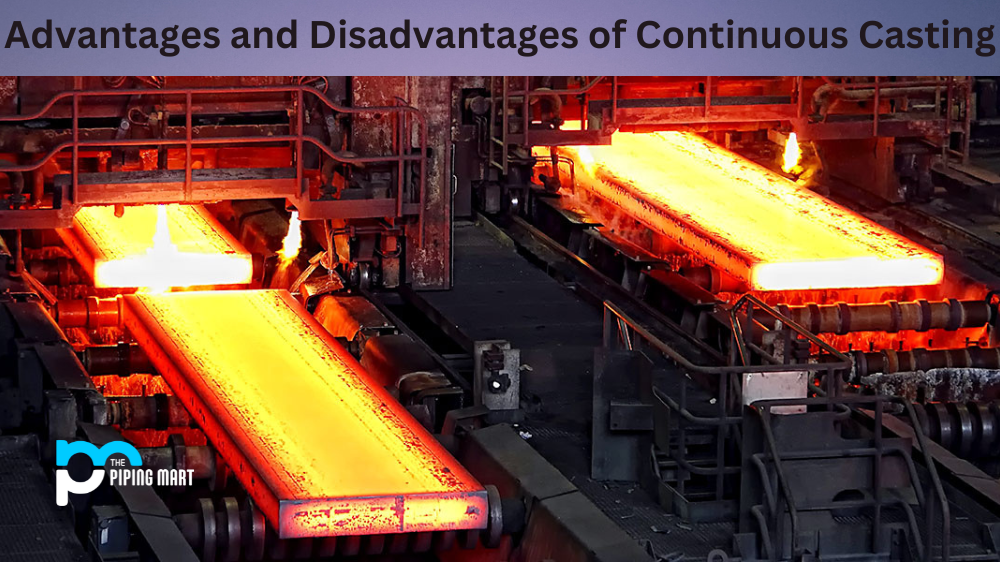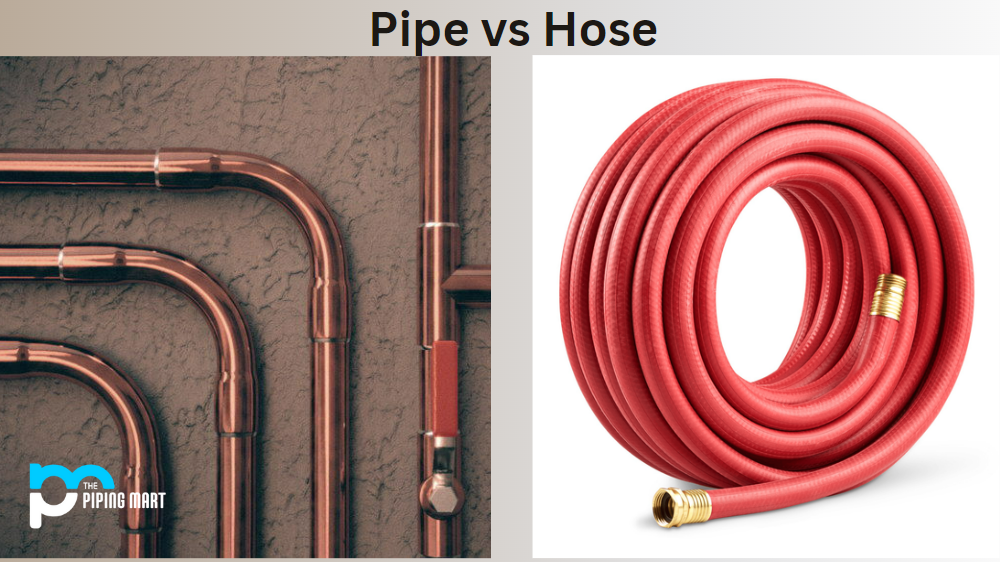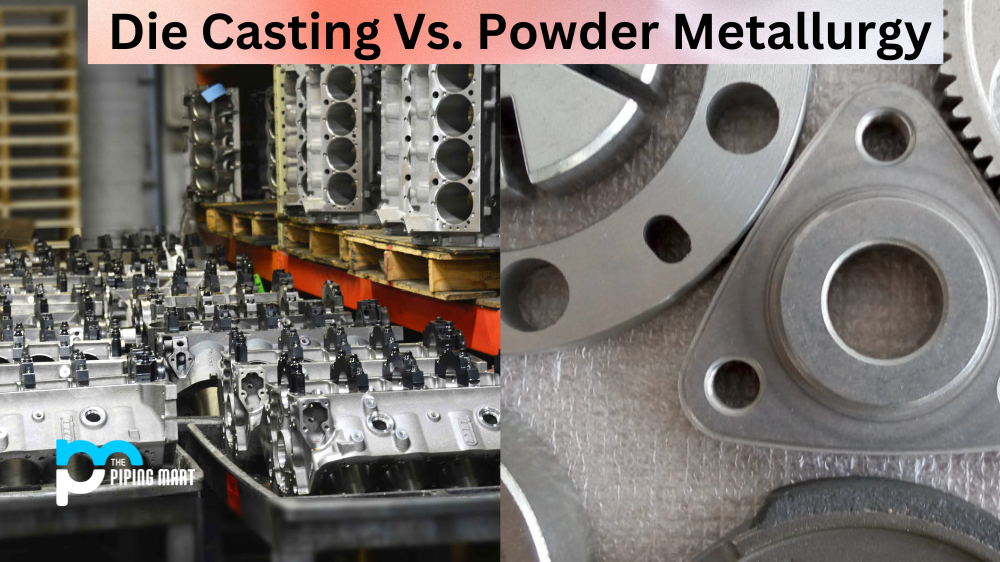Continuous casting is a modern method of casting molten metal and is widely used in producing steel, aluminium, copper, and other metals and alloys. This process offers various advantages, such as high productivity, reduced labour costs, improved quality and consistency, and energy efficiency. However, continuous casting also has disadvantages that must be carefully considered before implementing the process. In this blog post, we will explore the advantages and disadvantages of continuous casting in detail.
Advantages of Continuous Casting
Continuous casting has various advantages, such as high production rates and better control of product dimensions, reduced labour costs, improved safety due to eliminating the need to pour hot metal into moulds and reduced reject rates. Additionally, it produces more uniform products with superior surface finish due to consistent composition.
High Productivity
Continuous casting enables high production rates and a better hourly yield than traditional casting methods.
Consistent Quality
Continuous casting helps improve the quality of metal products by reducing impurities and variations in size and shape. This results in consistent and higher-quality products with fewer defects.
Cost-Effective
Continuous casting reduces labour costs by eliminating the need for frequent set-up and dismantling equipment and reducing waste and scrap.
Energy Efficient
Continuous casting minimises energy consumption and reduces carbon emissions by heating only the necessary amount of metal for immediate use.
Disadvantages of Continuous Casting
Though continuous casting offers numerous advantages, there are a few potential drawbacks. These include the potential for reduced quality due to rapid cooling and inadequate time for grain refinement, as well as increased costs associated with the complexity of equipment and safety risks such as increased temperature levels.
Capital Investment
Capital investment in continuous casting equipment can be significantly higher than in traditional casting equipment.
Limited Flexibility:
Continuous casting requires high precision and automation, which means that changes in product requirements may require more work to accommodate.
Susceptible to Breakouts
Continuous casting can lead to a potentially dangerous breakout in the event of an equipment failure or power outage.
Higher Risk of Porosity
The faster cooling time due to continuous casting can lead to a higher risk of porosity.
Conclusion:
In conclusion, continuous casting offers several advantages, including high productivity, consistent quality, and cost-effectiveness, but it also has some disadvantages, including limited flexibility and higher capital investment. Understanding these pros and cons is essential for manufacturers considering this process. It is important to evaluate their specific needs and production requirements when deciding whether or not to adopt continuous casting.

A passionate metal industry expert and blogger. With over 5 years of experience in the field, Palak brings a wealth of knowledge and insight to her writing. Whether discussing the latest trends in the metal industry or sharing tips, she is dedicated to helping others succeed in the metal industry.




